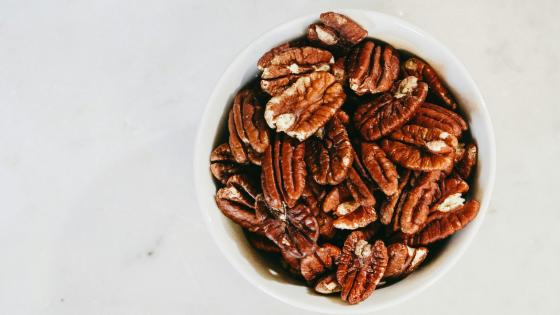
Pecan
Pecans
The pecan tree (Carya illinoinensis) is native to North America and Mexico. Pecans were long harvested for food before the arrival of European explorers, and pecan lumber became prized by furniture makers. The earliest native pecan groves are traced to the U.S. Mississippi River valley and Mexico's river valleys. American Indians and fur traders brought pecans east, and trade records exist for pecans that were shipped to Great Britain before 1800. Although southern pecan cultivars were improved in the 1800s, the commercial pecan industry did not develop until the 20th century, slower than other tree nut industries in California and the Pacific Northwest.
Key Requirements
| Land | Medium |
| Labor | High |
| Capital | Medium |
Take the HortBizQuiz to see how much Land, Labor, and Capital you have for your operation.
Markets
- Direct to Consumer
- Farmer's Market
- On-Farm Stand
- CSA
- Local Grocery
- Wholesale
Pests & Disease
Pecan scab is the major disease of pecan trees in Kentucky. The disease is caused by a fungus, Cladosporium caryigenum, which attacks growing tissue. Pecan scab appears first as small, circular olive to black spots on growing leaves, leaf petioles and nut shucks. Planting resistant varieties is the best control for scab. Squirrels, crows, bluejays, and deer can substantially reduce nut harvest.
Costs and returns are presented as estimates. They will vary based on your farm and markets.
Costs and returns are presented as estimates. They will vary based on your farm and markets.
Challenges
- Establishing pecan trees requires care and expertise.
- Harvest costs are the biggest variable for long-term profitability.
Opportunities
- Pecans and other nut trees grow best in deep, well drained soil with medium to good fertility and a soil pH around 6.5.
- Tree nuts enjoy a positive consumer perception in the U.S. because of a fat and fiber profile that consumers perceive as part of a “healthy indulgence” or high-nutrition snack.